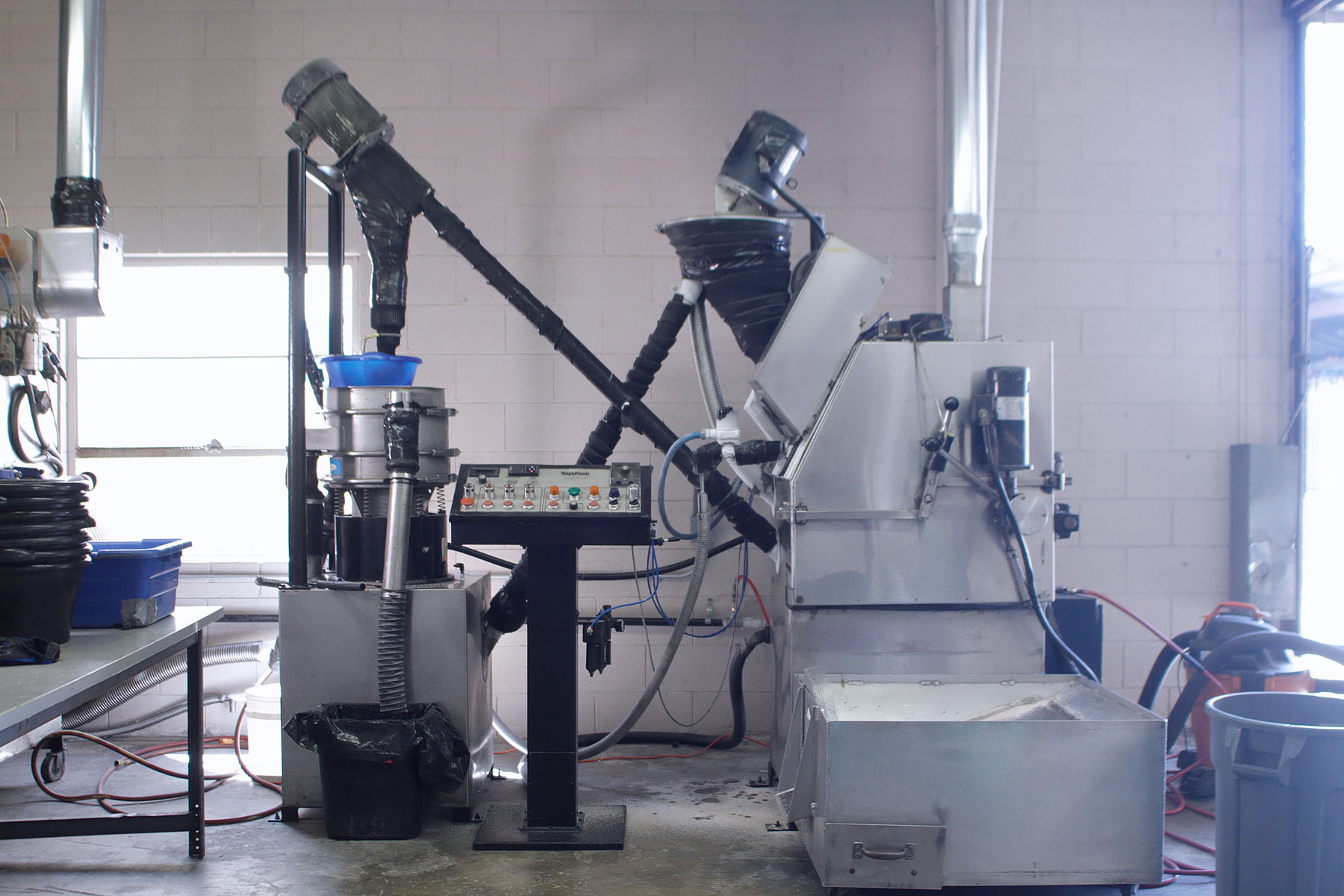Deflashing machines use liquid nitrogen to help the part reach a low enough temperature where its substrate becomes protected. Once the excess flash or burrs reach a brittle state, the cryogenic deflashing machines are used to tumble and blast the part with polycarbonate or other media to remove the unwanted flash.
Frequently asked questions
What are some of the benefits of Cryogenic Finishing?
- Maintains part geometry and critical tolerances
- Non-abrasive
- Computer-controlled for consistency and accuracy
- Efficient and economical
- Little to no dust or residue
- Ideal for large and small parts
What are some common parts finished using the Cryogenic Process?
- Medical implants, surgical tools, and devices
- O-rings and gaskets
- Grommets and flexible boots
- Electronic connectors, switches, and bobbins
- Manifolds and valve blocks
- Gears, washers, and fittings
Does Cryogenic Deflashing work on molded plastic parts?
Absolutely! The process removes burrs and flash on plastics, metals, and rubber.
Can cryogenic deflashing remove internal and microscopic burrs?
Yes. The cryogenic process combined with the appropriate media in the deburring machine removes the smallest burs and flashing.


